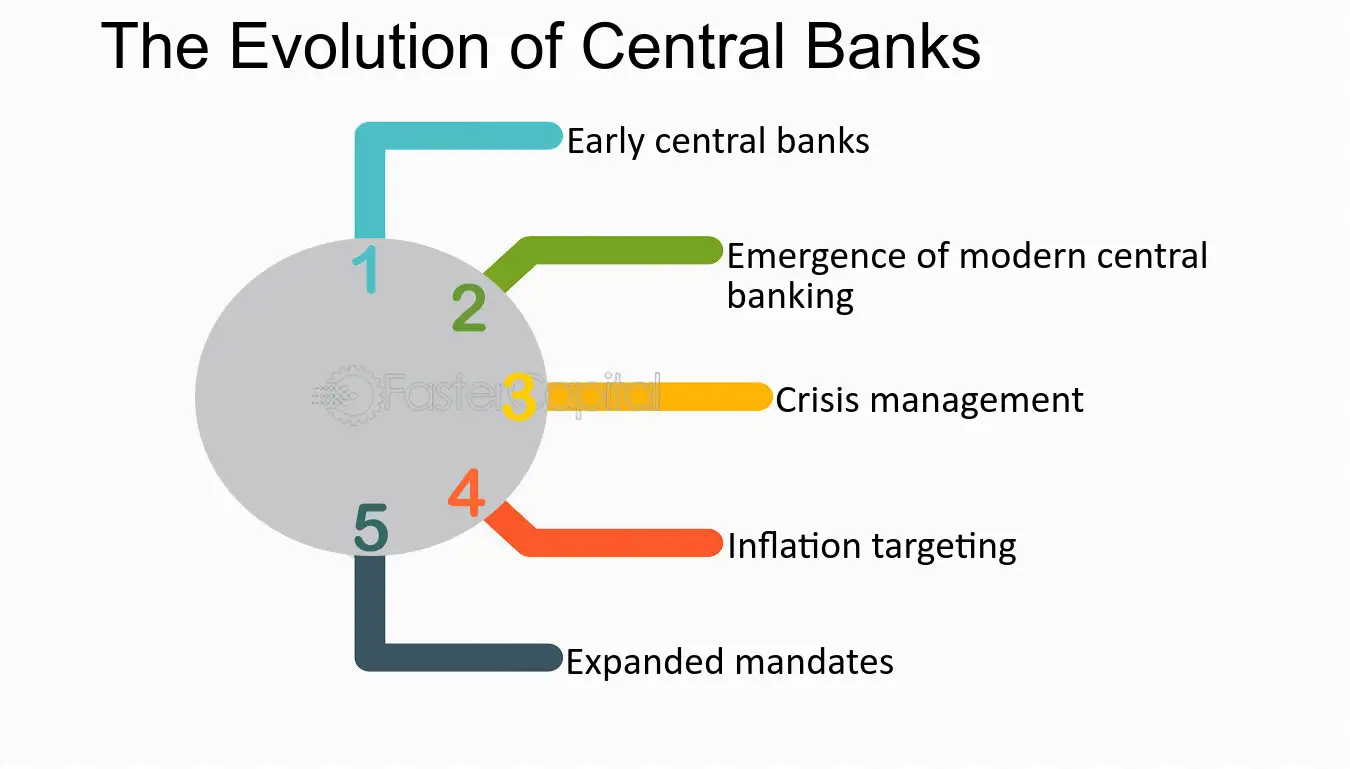Understanding Market Sentiment and Its Effect on Trading: A Complete Guide for Smart Investors

18/08/2025
Author: Kamrul
Market sentiment and its effect on trading helps investors make smarter decisions by aligning with crowd psychology and market behavior.
In the world of financial markets, numbers and charts often dominate the discussion. But behind every price movement, there lies a powerful force—market sentiment. It is not just about data; it is about how investors feel and react. When fear, hope, or excitement takes over, markets often swing in unexpected directions.
Market sentiment refers to the overall attitude and emotion of traders and investors toward a particular market or asset. Simply put, it’s the collective feeling—whether bullish (optimistic) or bearish (pessimistic). This psychological factor often drives prices more strongly than fundamental analysis in the short term.
-
Bullish Sentiment: When optimism dominates, traders expect prices to rise.
-
Bearish Sentiment: When fear spreads, traders anticipate a decline.
Market sentiment acts as the invisible hand guiding price trends. Even the best technical setups or fundamental reports may fail if the majority of traders think differently. Recognizing sentiment early helps you stay ahead.
For example:
-
During positive earnings seasons, optimism may push stock prices higher than expected.
-
In uncertain times, fear can trigger panic selling, even when fundamentals are stable.
Tools to Measure Market Sentiment
Traders often use different indicators to read the mood of the market:
-
Volatility Index (VIX): Often called the “fear index.”
-
Put/Call Ratio: Shows whether traders are buying more calls (optimism) or puts (fear).
-
News & Social Media Trends: Market chatter often reveals hidden emotions.
-
Technical Indicators: Momentum oscillators like RSI can reflect overbought or oversold conditions.
At its core, market sentiment is about human psychology—our fear of loss and desire for gain. When excitement spreads, people often buy without thinking. When panic rises, they sell at the worst possible time. Successful traders learn to control their own emotions and study the emotions of the crowd.
Think of trading as a mirror: it reflects not just economic reality, but also the collective emotions of millions of people worldwide.
-
Follow the Trend, but Stay Alert: If sentiment is bullish, ride the wave—but be ready for sudden reversals.
-
Combine Sentiment with Strategy: Use it alongside technical and fundamental analysis for balanced decisions.
-
Stay Emotionally Disciplined: Don’t get carried away by hype or fear.


















